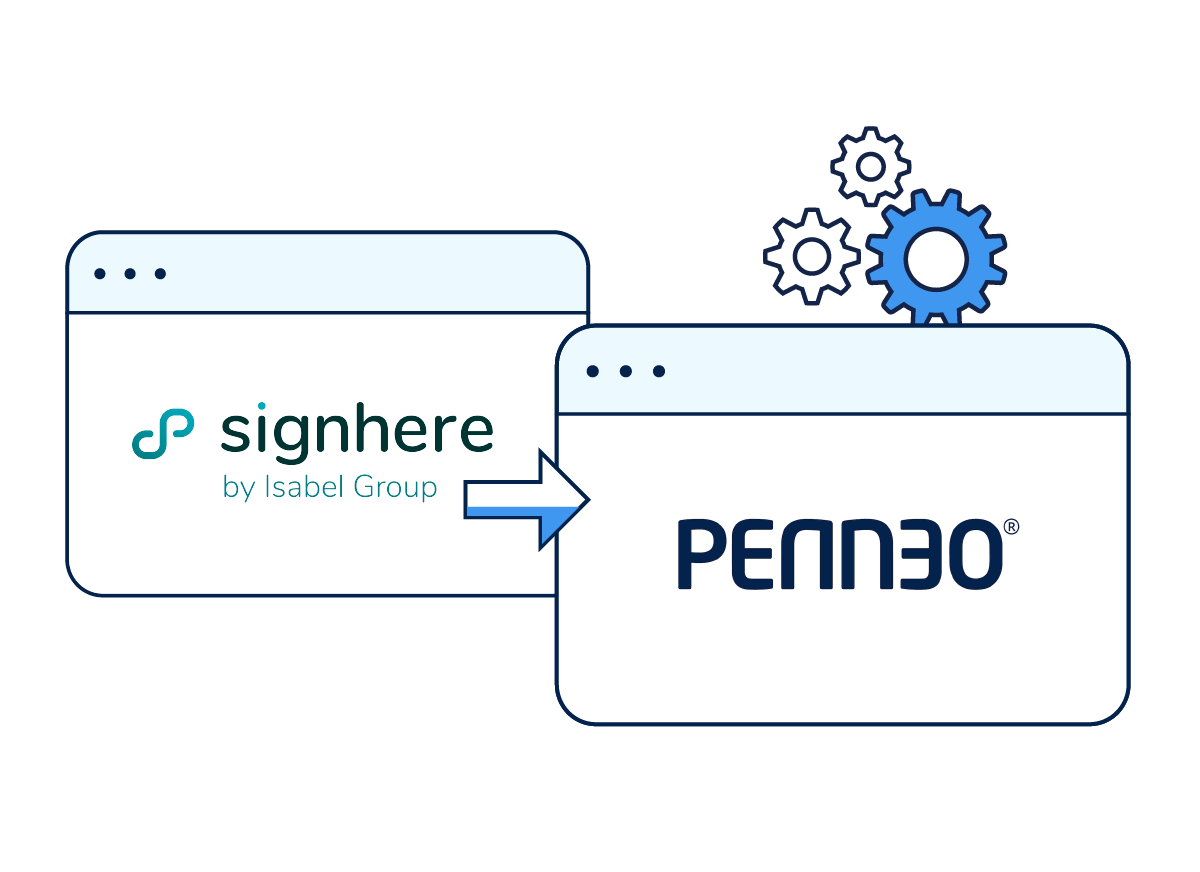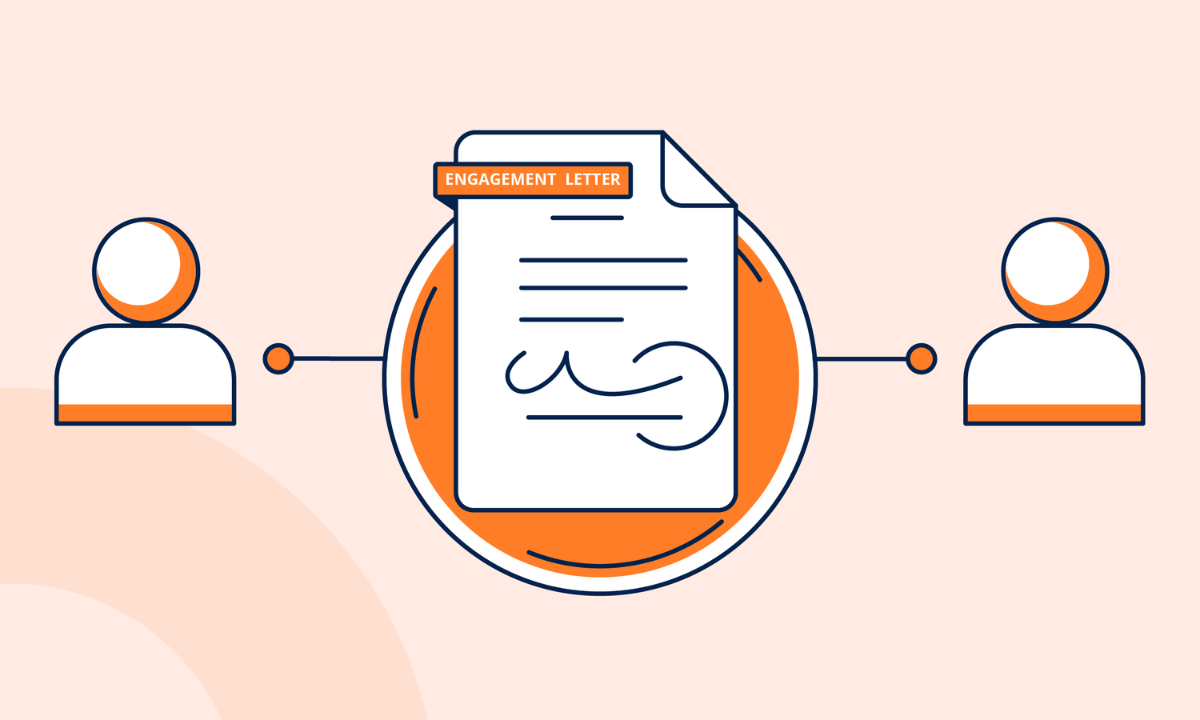Penneo is taking over the web domain for the Belgian digital signature company, SignHere by Isabel Group as they cease their operations. The take-over is in effect as of November 16, 2023.
To the visitors who are being directed from the SignHere website, we would like to extend a warm welcome from the Penneo team.

Get to know Penneo
Penneo is a Danish Sign and KYC Automation platform that provides tech solutions for automated workflows related to digital signing, client onboarding (KYC), and document management.
The company was founded in 2014 and has been listed on the Danish Stock Exchange (Nasdaq Copenhagen) since 2022.
Penneo’s powerful solutions help more than 2700 companies in 5 European markets meet regulatory compliance requirements in an efficient and convenient way.
Penneo in Belgium
Penneo entered the Belgian market in 2020 and, with a strong product-market fit for accountants and auditors, started to rapidly grow in the country.
In 2022, to better respond to the market demands, Penneo decided to invest in a local presence in Belgium and opened its first office in Ghent.
Since then the company has been gaining the trust of many A&A and legal customers, and building strong relationships with valuable integration partners such as Silverfin, AdminPulse, Instaclause, Anlisa, and Doxxi – M-Files for Accountants.
As of November 2023, Penneo has 200+ customers in Belgium such as VGD, Titeca, Bofisc, Graef, D-Fisc, Lauwers, Aficor, Pyxis, iFid, Comptaplan, Fisco Plan, BCGFI, Tax Consult, and Fiskcouncil+.
To learn how our customers work with Penneo read the following customer stories:
- VGD: Leading the Way in Digital Accountancy in Belgium with Penneo
- Penneo Enables Graef to Spend More Time Advising Clients
- Fiskcouncil is able to serve double the amount of customers with the help of Penneo
- BOOKKEEPERS automated daily workflows via Penneo Sign and the Silverfin integration
- Penneo’s API Helped Goldwasser Exchange Fully Automate the Client Onboarding Process
Why choose Penneo Sign
Penneo Sign brings together digital signing, workflow automation, identity validation, and data collection in an easy-to-use, efficient, and secure platform.
With Penneo Sign, you can:
-
- Elevate customer experience by allowing them to sign digitally with eID (Penneo integrates with itsme®) or simple electronic signature from any place and any device. Also, several documents in one go.
- Increase efficiency by using industry-standard automated signing flows or by building custom flows to support all your business needs.
- Streamline the identity validation without compromising on security through a guided in-product process that allows customers to upload ID pictures right from their phones.
- Ensure compliant business practices by handling and storing customer data with the highest level of security. Your documents are protected via encryption.
- Have the peace of mind of working with a company that is on the European Trust List as a Qualified Trust Service Provider for qualified electronic seals, time stamps, and certificates for electronic signatures.
Would you like to learn more about what’s possible with Penneo Sign?





